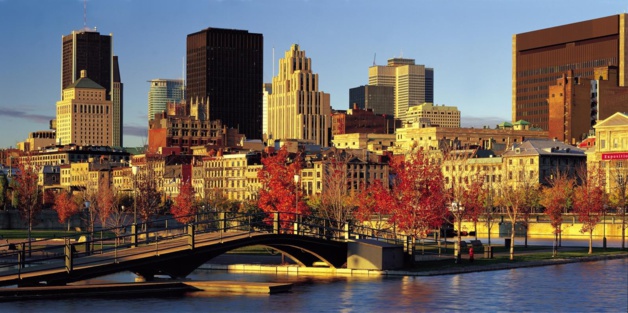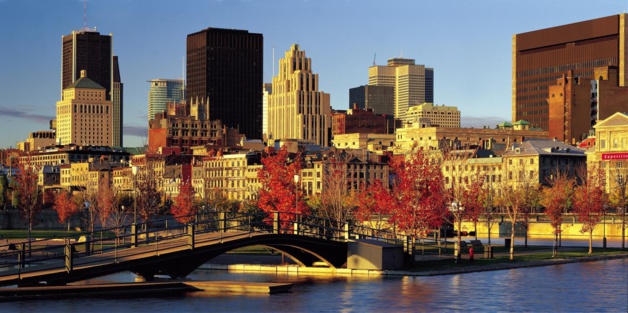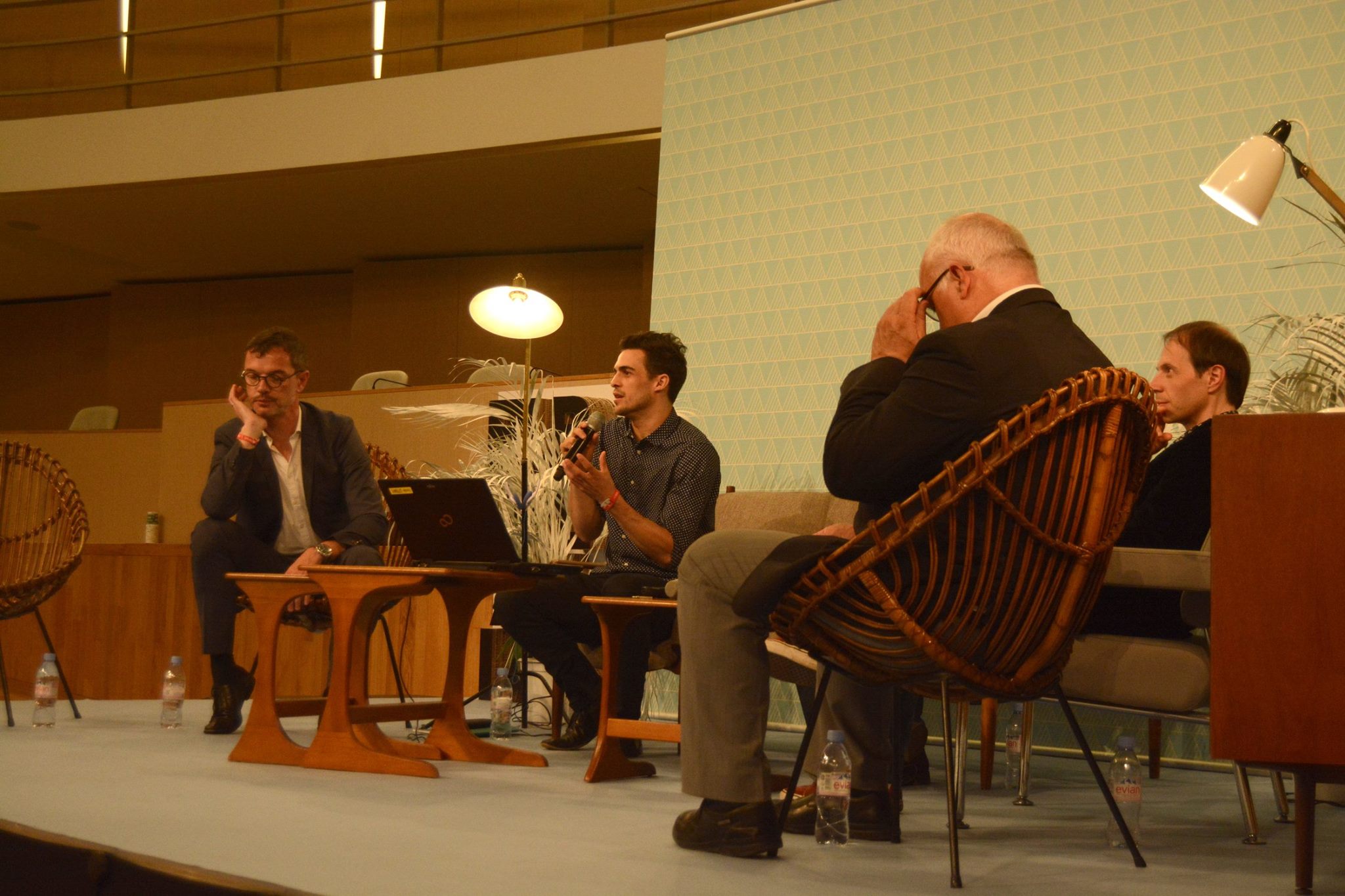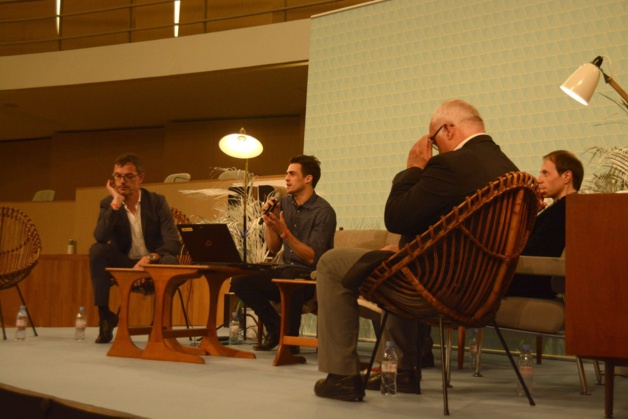
Credit DR
This year, Montreal is brought to light by the URBS conference, which main perspective was “Montreal, creative city”. The debate started with a general avant-propos of karine Dognin-Sauze on the role of culture in big cities. “Now, the debate lies in interaction with general public to ask ourselves the right questions on cultures, life style and economy. Cities are led to play a growing role, but they are especially made of culture."
During an hour and a half, the conference covered every perspective of Montreal as a creative city. To be creative, a city should be based on its diversity, whether it be cultural, economic or social. For example, an ecosystem with a renewal ability would be a major asset in a city’s creativity . According to Frédéric Bove, four components are needed to creativity. Places to implement projects and where culture is present, events to label the strong points of the city, urban development projects and spaces with a strong identity. Philippe Demers, then, emphasized his point of view creating the Chromatic Festival.
This event bring forward the association between culture and art. This year, for the sixth edition, he plans on implementing it in le Chalet du Mont Royal of Montreal to put forward contemplative, acoustic and visual arts in one of the cultural pillar of the city.
For Montreal’s citizens, a smar city goes by smart minds and pooling those mutual intelligences and understandings. Damien Silès worked on a innovative neighbourhood implemented in Montreal. It is thought as a “life zone” in the city centre, neither commercial, nor industrial where one can eat, drink, sleep and work. The quality of life is pretty amazing in those neighbourhoods. Coming generations need those neighbourhoods for a good life quality.
This conference aimed at putting forward initiatives of innovative projects and outstanding visions to deeply change the approaches and habits of those cities.
During an hour and a half, the conference covered every perspective of Montreal as a creative city. To be creative, a city should be based on its diversity, whether it be cultural, economic or social. For example, an ecosystem with a renewal ability would be a major asset in a city’s creativity . According to Frédéric Bove, four components are needed to creativity. Places to implement projects and where culture is present, events to label the strong points of the city, urban development projects and spaces with a strong identity. Philippe Demers, then, emphasized his point of view creating the Chromatic Festival.
This event bring forward the association between culture and art. This year, for the sixth edition, he plans on implementing it in le Chalet du Mont Royal of Montreal to put forward contemplative, acoustic and visual arts in one of the cultural pillar of the city.
For Montreal’s citizens, a smar city goes by smart minds and pooling those mutual intelligences and understandings. Damien Silès worked on a innovative neighbourhood implemented in Montreal. It is thought as a “life zone” in the city centre, neither commercial, nor industrial where one can eat, drink, sleep and work. The quality of life is pretty amazing in those neighbourhoods. Coming generations need those neighbourhoods for a good life quality.
This conference aimed at putting forward initiatives of innovative projects and outstanding visions to deeply change the approaches and habits of those cities.






























